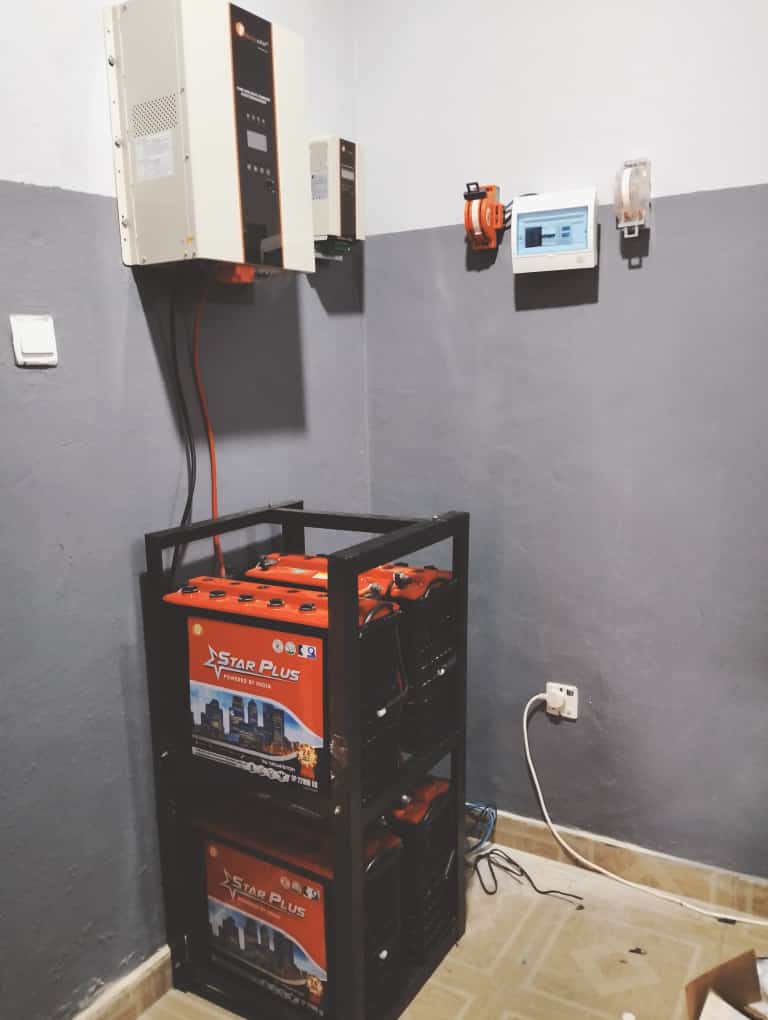
The development of power grids is necessary for a sustainable power supply. While it might seem that new transmission lines would make grids more stable, this is not always the case. The Braess paradox is the term used to describe this phenomenon.
An worldwide group of scientists, including those from the Karlsruhe Institute of Technology (KIT), have now accurately modelled this phenomenon for electrical grids, proved it on a bigger scale, and created a prediction tool to aid grid operators in making decisions. The study’s findings are published in Nature Communications.
In order to integrate renewable energy sources and move electricity over long distances, the grids must be expanded as part of the sustainable transformation of the energy system. The goal of this development, which would need significant investments, is to strengthen the grids. However, by modernizing current lines or laying down new ones, the grid might become less stable rather than more stable, leading to blackouts.
“The Braess contradiction is then brought up. According to this phenomenon, adding more options results in a worsening rather than an improvement of the overall situation “says Dr. Benjamin Schäfer, director of the KIT Institute for Automation and Applied Informatics’ research group on Data-driven Analysis of Complex Systems (DRACOS).
The phenomena is so called in honor of the German mathematician Dietrich Braess, who first brought it up in relation to road networks: Under specific circumstances, building a new road might lengthen travel times for all road users. This impact has been studied for biological systems and has been seen in traffic systems. It has only ever been theoretically predicted and briefly demonstrated for electricity networks.
Researchers model proposed increases to the German electricity grid
The phenomena has now been thoroughly simulated for power grids for the first time and shown on a bigger scale by researchers under the direction of Dr. Schäfer. They created a model of the German electrical system that included all anticipated upgrades and additions. The Braess paradox in an AC grid was demonstrated experimentally, and the researchers observed the phenomenon in simulation and in experiment, paying particular attention to circular flows.
The latter are essential for comprehending the Braess paradox because, for instance, a power line can be made better by lowering its resistance, which allows it to carry more current. As a result of conservation principles, a new circular flow results, with more current flowing in certain lines and less in others, according to Schäfer. “This creates a problem when the line carrying the highest current is required to carry even more current, overloads, and ultimately needs to be shut down. As a result, the grid becomes more erratic and, in the worst situation, collapses.”

Quick decisions are enabled by intuitive knowledge.
The Braess paradox can generally be handled by most electricity networks thanks to their excess capacity. Grid operators consider all potential outcomes when constructing new lines and while they are in use. However, there isn’t always enough time to consider every possibility when decisions must be made quickly, like shutting down lines or changing the output of a power plant. For Schäfer, this means that in order to immediately determine when the Braess dilemma arises, one must have an intuitive grasp of circular flows.
The scientist has consequently created a prediction tool to aid grid operators in considering the Braess paradox while making decisions, working with an international and interdisciplinary team. According to Schäfer, “the research’s findings have permitted a theoretical explanation of the Braess paradox and provided useful advice for prudently planning grid expansions and promoting grid stability.”
Read More
- The first radiation belt spotted outside of our solar system is being seen by astronomers
- The Paris Air Show Features Flying Taxis; the Olympics are Next
- Networks of nanowires Learn and retain information like a human brain
- Data on populations will be strengthened by new technology and increased processing capacity.
Conclusion
This post is about how we generate energy this a great post . You can drop your comment on the comment section.

